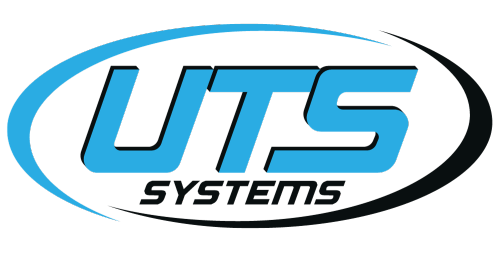TACTICAL ADVANTAGES IN THE MILITARY MARKET
September 1st, 2019 / By: IFAI / Feature
Department of Defense contracts can be lucrative, but it takes work to get in—and to stay in.
by Jeff Moravec
Any company in the specialty fabrics industry would be interested in doing business with a client that has a budget of more than $700 billion, right?
You’d think so. But big numbers can come with big challenges, especially when the budget belongs to a government: in this case, as you may have guessed, the U.S. Department of Defense (DoD).
While many specialty fabrics suppliers and fabricators regularly do business with the military through the DoD, including some who count on it for a significant portion of their income, figuring out where to start—and how to get in the door with a new product—can be a tough task. But it is possible.
Printed webbing, binding tape and loop products shown here are produced by MMI Textiles. Company president Amy Bircher says that while the military branches select suppliers based on price, they also expect that a high quality product will be delivered on time. Photo: MMI Textiles Inc.
“It can be daunting to the uninitiated,” says Ron Houle, founder and president of Pivot Step Consultants LLC, a Burke, Va., firm that helps companies that want to work with the military. Houle will speak at IFAI Expo on “Making (Some) Sense of the DoD Budget.”
“Just take a cursory look at the defense acquisition regulations,” Houle says. “It’s hundreds and hundreds of pages. Left to your own devices, even with a great product you want to get into the hands of the military, you’d be hard-pressed to know where to start, who to see, where to go and how to manage your expectations.”
There are people like Houle who make a living helping companies understand the complexities of the process and assisting them in navigating through it. The U.S. government also supplies resources to help (see sidebar on page 37). But Houle and other experts in defense procurement say prospective military vendors need to pay attention to a few considerations before investing in research and development for a new fabric or end product.
